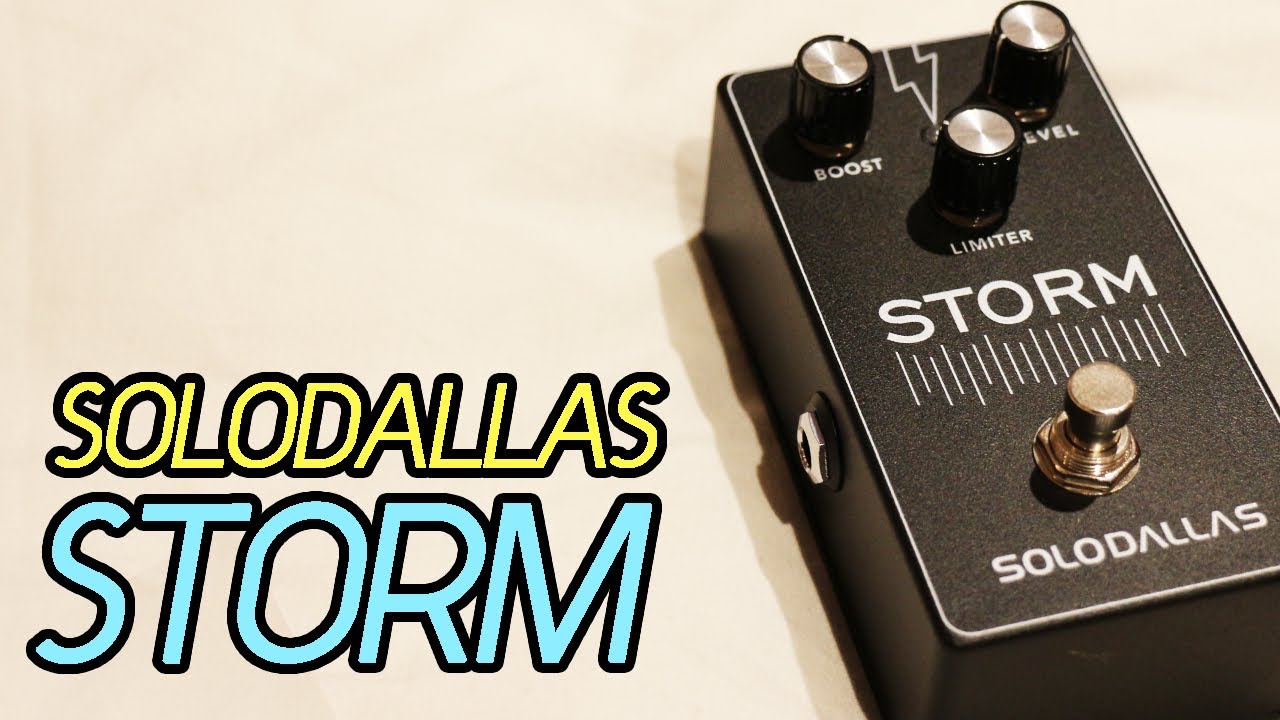“A little knowledge is a dangerous thing,” for sure.
Add to that the fact that a distorted amp tone is basically a square wave generator – the distortion is compressing the dynamics a lot already.
So what you hear as “dynamics” may really be more frequency-dependent – transients aren’t really dynamic peaks and valleys so much as blasts of pick noise or 1.5-4k or something. EQ (cut or boost) can bring it into focus, but it’s not likely to “fix” it if you’re not at least somewhat into the tone already, and by the time you get to micromanaging something like a multiband compressor or something, you’re probably out of the zone anyway.
Tape compression is pretty great for this, though. PM me if I shouldn’t be going this deep into explanations. But here goes:
Tape can’t actually handle the full (20-20k) spectrum at a decent level. The workaround for it is an EQ curve for recording which is reversed on playback – there is a standard for this for vinyl: RIAA EQ (record player) – so this way, when you press a record or put something down on tape, the ACTUAL signal is REALLY thin. This is why if you’re just hearing the turntable stylus vibrate acoustically, you’re hearing a lot of 1.5k and up – the lows are at a REALLY low level. The playback EQ brings them back, though, and if the reverse EQ is right, the output should equal the input. If you actually recorded a record or tape flat, full spectrum, without this little trick, the noise floor would come up so high that it’d be pretty much useless, as far as “sonic fidelity” or whatever.
Keep that in mind. So we’re recording to tape something similar to that tinny stylus-in-the-room sound – only on playback with reverse EQ’s does it get really full-spectrum again. But if you slam the meters on that Studer A800 Mk II so that the red lights are begging for mercy as you’re magnetizing those little particles on the Ampex 456 2" reel running at 15 ips (to get those chunky lows, of course!), guess what kind of signal is hitting (and getting modified by) that wonderful soft wall of tape saturation? That tinny sound from the record player with the volume off on your stereo, THAT’S pretty much what you’re telling those little ferric oxide particles to align to. And if a few of them say, “too much level – screw this, I’m going home” (pretty much the same thing your 6L6’s say when you’re tone-chasing “Fight Fire With Fire”), they’re doing that when the 1-4k range is peaking. Guess what range humans are BY FAR the most sensitive to? Guess what range is the most CRITICAL for mixing, since that’s where intelligibility (of vocals or anything else) sits? Guess what range can be the MOST IRRITATING if the peaks are too harsh?
What were we talking about again? 
 I think I know the video you mean - I’ll post it below and break down the interplay of techniques and tone used, I think it illustrates my points well
I think I know the video you mean - I’ll post it below and break down the interplay of techniques and tone used, I think it illustrates my points well 







